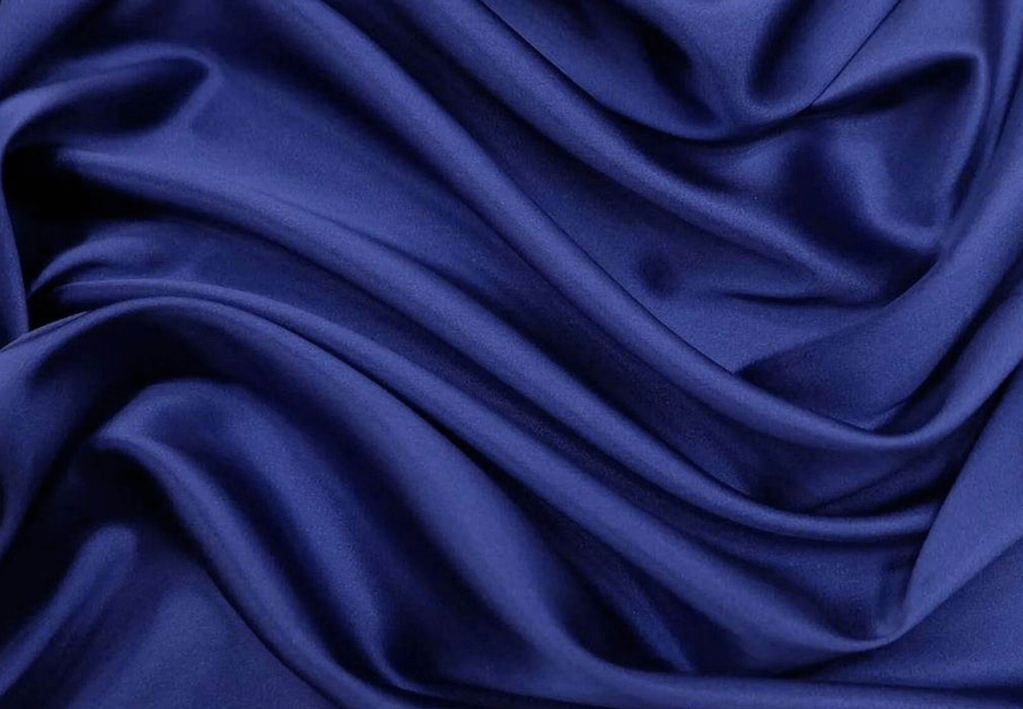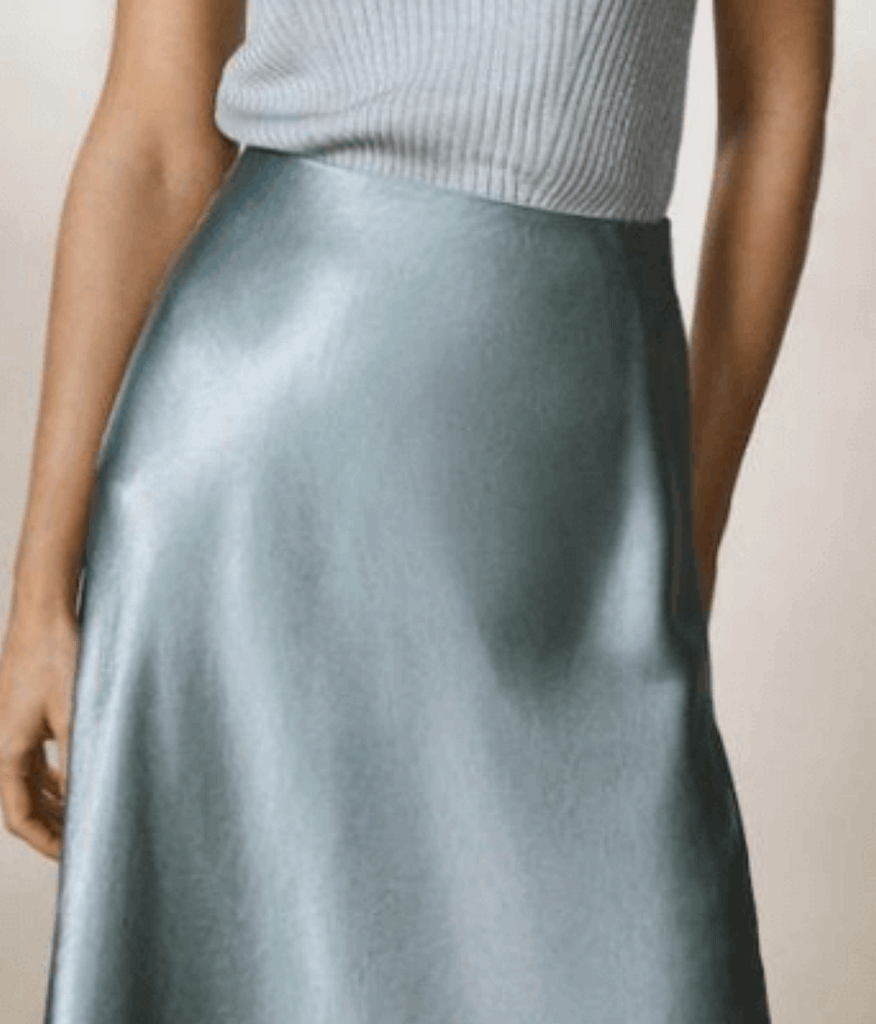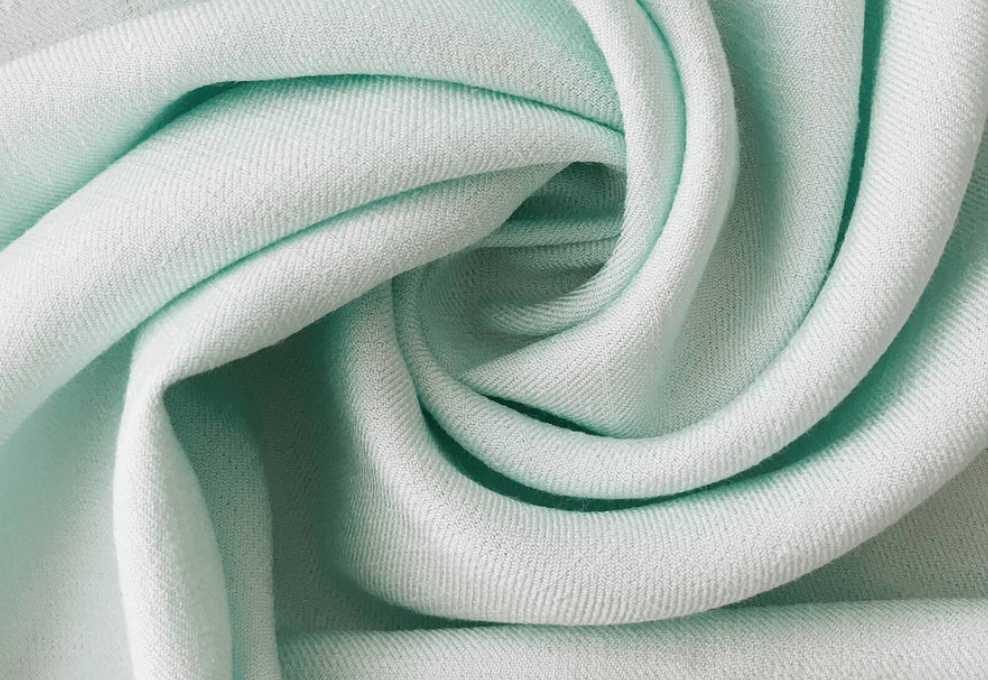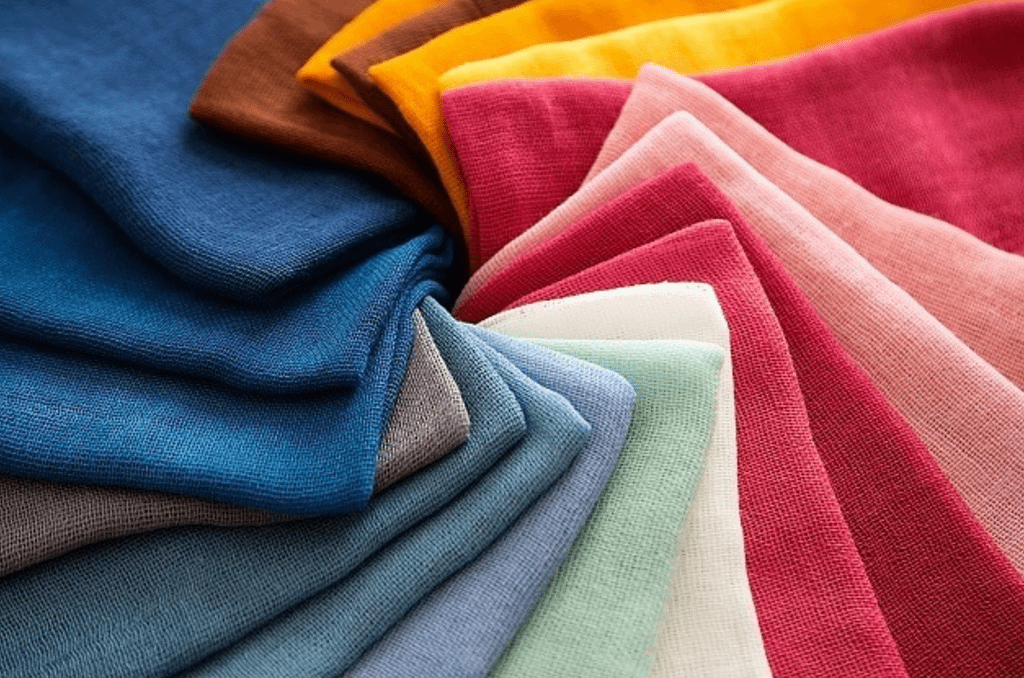This luxurious and versatile material has been a staple in creating high-end clothing
yet many people are unfamiliar with its properties and benefits. We will delve into the world of acetate and uncover how it is made and its various uses in the garment industry. From its soft texture to its ability to mimic silk, acetate truly is the fabric behind luxury clothing.


Unravelling the Process: How is Acetate Made?
Acetate is a fascinating fabric that goes through a unique manufacturing process to achieve its luxurious qualities. To unravel the process of how acetate is made, we need to understand its main component: cellulose.
Cellulose, which is derived from wood pulp, is the foundation of acetate fabric. The process starts by treating the wood pulp with acetic anhydride, a chemical compound. This treatment causes a chemical reaction that transforms the cellulose into cellulose acetate.
Once the cellulose has been converted into cellulose acetate, it is dissolved in a solvent, such as acetone, to create a thick, syrup-like solution. This solution is then extruded through fine holes called spinnerets, forming long filaments. These filaments are solidified as they come into contact with a coagulating bath, typically consisting of water or a mix of solvents.
After solidification, the filaments are washed, dried, and cut into short lengths called tow. The tow can be further processed into various forms, such as fibres or sheets, depending on the intended use. The resulting fabric is lightweight, soft, and possesses a unique lustre that resembles silk.
It’s worth noting that acetate is a man-made material, which means it is not considered a natural fabric like cotton or silk. However, its manufacturing process allows for a wide range of colours, patterns, and textures to be applied, making it a popular choice for designers seeking versatility and creativity in their collections.
The intricate process behind creating acetate fabric highlights the craftsmanship and attention to detail that goes into luxury clothing. By understanding how acetate is made, we can appreciate the skill and expertise that goes into producing this elegant fabric.
The Role of Acetate in the Fashion Industry
Acetate fabric plays a significant role in the fashion industry, adding a touch of luxury and sophistication to many high-end clothing pieces. Its unique properties and versatility make it a popular choice for designers who want to create garments that exude elegance and glamour.
One of the main reasons why acetate is valued in the fashion industry is its ability to mimic silk. It possesses a beautiful lustre and drape, making it ideal for creating flowing and ethereal designs. Acetate also has excellent wrinkle resistance, allowing garments to maintain their shape and appearance even after extended wear.
In addition to its aesthetic appeal, acetate is also a practical fabric. It is breathable, lightweight, and fast-drying, making it perfect for warm weather garments. Its durability and resistance to fading ensure that acetate pieces can withstand frequent use and washing without losing their vibrancy.
Furthermore, acetate fabric can be easily dyed, printed, and textured, offering endless creative possibilities for designers. Its versatility allows for the production of intricate patterns, vibrant colours, and unique textures, enabling fashion houses to experiment and push the boundaries of design.
From stunning evening gowns to stylish blouses and skirts, acetate fabric can elevate any garment, giving it an air of sophistication and luxury. Its ability to combine aesthetic appeal with practicality has solidified its place in the fashion industry, and it is sure to continue being a popular choice for designers who value both beauty and functionality in their collections.


Why Designers Love Acetate: Its Unique Properties and Uses
Acetate fabric has captured the hearts of designers around the world due to its unique properties and versatility. One of the main reasons why designers love acetate is its ability to mimic silk. The fabric possesses a stunning lustre and drapes beautifully, making it ideal for creating flowing and ethereal designs. It adds an air of elegance and glamour to any garment, elevating it to a luxurious level.
Not only is acetate aesthetically pleasing, but it also offers practical benefits. The fabric is breathable, lightweight, and fast-drying, making it perfect for warm weather garments. Its wrinkle resistance ensures that garments maintain their shape and appearance even after extended wear, allowing for long-lasting elegance.
Acetate is also highly versatile when it comes to design. It can be easily dyed, printed, and textured, offering endless creative possibilities for designers. This allows for the production of intricate patterns, vibrant colours, and unique textures, allowing fashion houses to experiment and push the boundaries of design.
With its combination of aesthetic appeal and practicality, acetate has secured its place in the fashion industry. It continues to be a beloved choice for designers who value both beauty and functionality in their collections, and it is sure to remain a key fabric in the creation of luxury clothing.
Case Studies: Luxury Brands Embracing Acetate in Their Collections
Acetate fabric has become a favourite amongst luxury fashion brands, with many renowned designers embracing its unique qualities and incorporating it into their collections. Let’s take a look at some notable case studies of luxury brands that have fallen in love with acetate.
Firstly, we have Chanel, the epitome of timeless elegance. Chanel has frequently used acetate fabric in their garments, particularly in their iconic tweed suits. The fabric’s ability to mimic silk adds a touch of sophistication to their designs, whilst its breathability and lightweight nature make it perfect for their signature jackets.
Next up is Gucci, known for its bold and eclectic style. Gucci has utilised acetate in their eyewear collections, creating chic sunglasses that feature acetate frames with vibrant colours and patterns. The fabric’s versatility allows for intricate detailing, making their eyewear a statement accessory.
Another luxury brand that embraces acetate is Versace. Acetate fabric has been a staple in their collections, seen in their striking dresses and evening gowns. The fabric’s lustrous appearance and draping ability bring a touch of glamour to their designs, allowing Versace to create unforgettable red-carpet looks.
Lastly, we have Burberry, the iconic British fashion house. Burberry has incorporated acetate in their trench coats, giving them a sleek and luxurious feel. The fabric’s practical benefits, such as wrinkle resistance and fast-drying properties, ensure that their outerwear maintains its elegance and durability.
These case studies showcase the versatility and allure of acetate fabric. Luxury brands continue to embrace acetate, using its unique properties to create stunning and high-end garments. It is clear that acetate has firmly established itself as a fabric of choice for designers who want to elevate their collections and add a touch of luxury to their creations.


The Future of Acetate in Garment Manufacturing
As the fashion industry continues to evolve and embrace sustainable practices, the future of acetate in garment manufacturing looks promising. With its unique properties and versatility, acetate fabric is poised to play a significant role in creating high-end and environmentally conscious clothing.
One of the key reasons why acetate has a bright future is its sustainability. The fabric is made from cellulose, a renewable resource derived from wood pulp. As the demand for eco-friendly materials increases, acetate’s production process, which uses fewer resources compared to traditional fabrics, positions it as an attractive option for designers and consumers alike.
Additionally, acetate’s ability to mimic silk and its versatility in design make it a preferred choice for creating elegant and fashionable garments. As fashion houses strive to meet the demands of discerning consumers, acetate’s luxurious qualities and endless creative possibilities offer a unique advantage. Its lightweight nature, breathability, and wrinkle resistance also make it ideal for warm weather clothing, ensuring comfort and style.
Furthermore, as technology advances, there are continuous improvements in the production process of acetate fabric, resulting in enhanced durability and sustainability. Innovations such as eco-friendly solvents and recycling methods are being explored, further solidifying acetate’s position as a fabric of the future.
In conclusion, acetate’s future in garment manufacturing is bright. Its sustainable production process, luxurious qualities, and versatility make it a preferred choice for designers and consumers who value both style and sustainability. With ongoing advancements and a growing focus on eco-consciousness in the fashion industry, acetate is set to continue shaping the future of high-end and environmentally friendly clothing.